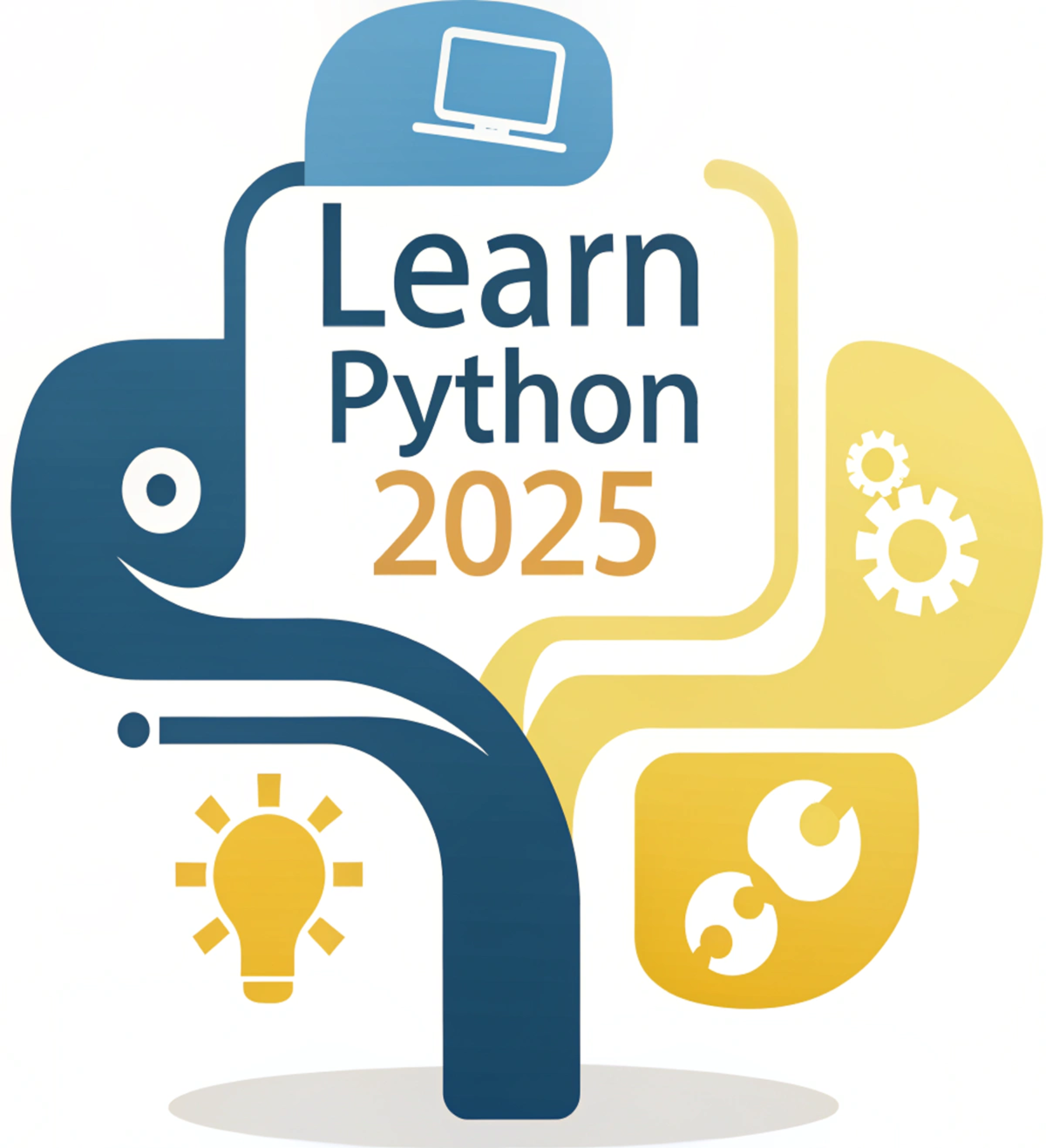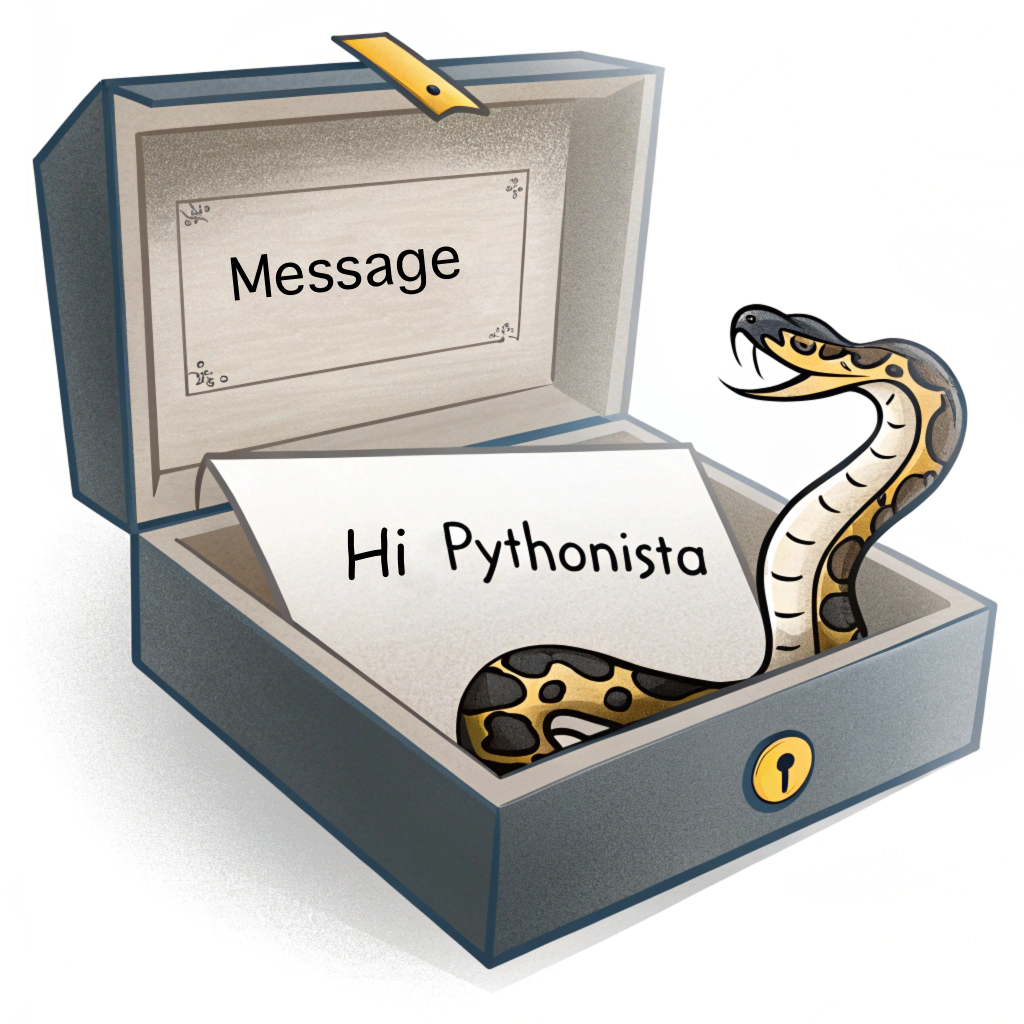![📚 Python Lists Demystified: A Beginner's Guide for Social Research [Part 3 of 3]](https://images.squarespace-cdn.com/content/v1/67338986b9d79a68ac92b01e/1736872726603-AYV93OIXXLK3R103YI4Q/Python+lists+final+part+3.png)
📚 Python Lists Demystified: A Beginner's Guide for Social Research [Part 3 of 3]
Learn how to analyze qualitative research data using Python lists! Perfect for social researchers and beginners, this guide shows you how to clean survey responses, find patterns in text data, and transform messy feedback into clear insights.
Part 3 of our Python basics series covers text analysis, data cleaning, and practical research examples using simple Python commands. Master essential data analysis skills for processing survey responses and interview transcripts efficiently.
![📚 Python Lists Demystified: A Beginner's Guide for Social Research" [Part 2 of 3]](https://images.squarespace-cdn.com/content/v1/67338986b9d79a68ac92b01e/1735945779298-LJ9W1NZZX0B4WDGKQGDU/python+lists+2a.png)
📚 Python Lists Demystified: A Beginner's Guide for Social Research" [Part 2 of 3]
Learn Python lists for social research data analysis! This beginner-friendly guide shows how to use Python's built-in list functions (len(), count(), min(), max()) to analyze survey responses, manage participant data, and organize research results.
Perfect for social scientists transitioning to Python programming, this tutorial uses real research scenarios to demonstrate how to count responses, validate data, find patterns, and work with multiple datasets.
Part 2 of our 3-part series on Python for social research data analysis.
![📚 Python Lists Demystified: A Beginner's Guide for Social Research" [Part 1 of 3]](https://images.squarespace-cdn.com/content/v1/67338986b9d79a68ac92b01e/1734644941099-CJZBR6MPQ32DCGYJ4O09/picture-indiana-jones--but-instead-of-hunting-anci.jpg)
📚 Python Lists Demystified: A Beginner's Guide for Social Research" [Part 1 of 3]
Learn how to efficiently manage research data with Python lists!
This beginner-friendly guide shows social researchers how to organize, sort, and manipulate data collections using Python's built-in list methods. Master essential operations like sorting survey responses, reversing chronological data, and handling participant information.
Perfect for researchers transitioning from spreadsheets to Python, with practical examples and step-by-step instructions. No programming experience required.

🐍 Built-in Python Functions: Essential Tools for Social Scientists
Learn how to automate your social science research with Python's 12 essential built-in functions. Transform hours of manual Excel work into minutes of efficient data processing.
Perfect for researchers and social scientists looking to streamline survey analysis, clean datasets, and generate reproducible results.
Discover how functions like map(), filter(), and zip() can revolutionize your data workflow—no advanced programming knowledge required. Includes practical examples from real social research scenarios and step-by-step tutorials.

So You Want to Learn Python? (Please Don't Start with "Hello World")
This article challenges the traditional "Hello World" approach to learning Python programming and presents an alternative, goal-oriented learning methodology.
By identifying four distinct learner profiles—the Career Switcher, the Automation Seeker, the Data Enthusiast, and the Side Hustler—it provides customized learning paths that connect directly to real-world applications.
Drawing from personal experience transitioning from anthropology to programming, the guide emphasizes practical skills over theoretical concepts, offering concrete roadmaps for each learner type.
The article includes detailed timelines, resource recommendations, and actionable steps for beginners to advance from basic syntax to professional-level Python programming, all while maintaining focus on actual project implementation rather than abstract programming concepts.
![🐍 Python and Numbers: The Definitive Guide for Social Researchers [Part 2 of 2]](https://images.squarespace-cdn.com/content/v1/67338986b9d79a68ac92b01e/1733418861076-COFKITO47CV04EXGGF73/python+numbers+%281%29.png)
🐍 Python and Numbers: The Definitive Guide for Social Researchers [Part 2 of 2]
Master Python's numerical operations for social research with this comprehensive guide. Learn essential data analysis techniques including professional number formatting, efficient calculations, and clear result presentation. Perfect for social researchers working with surveys, demographic analysis, and program evaluation.
This practical tutorial covers advanced Python operations, comparison techniques, and professional documentation standards. Each concept is explained through real social research examples, from processing survey responses to analyzing community programs. Ideal for researchers transitioning from manual to automated data analysis.
Key topics include:
• Advanced mathematical operations in Python
• Data comparison and evaluation techniques
• Professional number formatting
• Research code documentation
Save hours of manual work and improve your research quality with Python's powerful numerical tools.
![🧵 First Steps with Text Strings in Python: [Part 2 of 3]: f-strings, Indexing, and Slicing](https://images.squarespace-cdn.com/content/v1/67338986b9d79a68ac92b01e/1732652437876-QEJ7K85F08MDKBA4PV31/f-strings+3.png)
🧵 First Steps with Text Strings in Python: [Part 2 of 3]: f-strings, Indexing, and Slicing
Master essential Python string operations with this comprehensive guide for beginners and intermediate programmers. Learn how to use modern f-strings for efficient text formatting, understand string indexing for precise character access, and master string slicing for text manipulation. Perfect for data analysts, researchers, and developers working with text processing.
Key topics covered:
Modern string formatting with Python f-strings
String indexing for character-level manipulation
Text slicing techniques for data extraction
Practical examples with real-world applications
Hands-on challenges with detailed solutions
Whether you're analyzing survey responses, processing research data, or developing text-based applications, this tutorial provides the fundamental tools you need for effective string manipulation in Python 3.6+.

🐍 Your First Python Program: Beyond "Hello World"
Learn Python programming from scratch with this beginner-friendly PyCharm tutorial.
Perfect for social scientists and humanities scholars transitioning to coding, this step-by-step guide takes you beyond the traditional "Hello World" program.
Discover how to set up your development environment, write your first Python code, and understand programming concepts through familiar academic analogies.
This comprehensive tutorial breaks down PyCharm's interface, explains basic Python syntax, and builds confidence for your programming journey. Start coding today with clear, practical examples designed for non-technical backgrounds.

🪄 The Magic of Variables: Your First Step in Python Explained
Want to learn Python but don't know where to start? This practical guide teaches you everything about Python variables, from basic concepts to programming best practices.
Learn how to properly name variables, avoid common mistakes, and write cleaner code. Perfect for programming beginners, with hands-on examples and solutions to frequent problems.
Master Python variables in less than 10 minutes.
![🧵 First Steps with Strings in Python: [Part 1 of 3] Quotes, Special Characters, and Basic Operations](https://images.squarespace-cdn.com/content/v1/67338986b9d79a68ac92b01e/1732324658747-42YHIDSH832HU2CZL9AS/strings+checho+2.png)
🧵 First Steps with Strings in Python: [Part 1 of 3] Quotes, Special Characters, and Basic Operations
Master Python string manipulation with this comprehensive beginner's guide. Learn essential string operations including quotes usage, special characters, and basic text manipulation techniques.
Perfect for beginners and intermediate developers looking to automate text processing tasks. This hands-on tutorial includes practical examples and exercises to help you understand string formatting, concatenation, and common string operations in Python.
Part 1 of our 3-part series covers everything from basic string creation to professional document formatting, with clear examples and step-by-step solutions.

How to Install Python Without Losing Your Mind? 🐍
Learn how to install Python and set up your development environment with this comprehensive, beginner-friendly guide.
From checking if Python is already installed on your Windows or Mac system to choosing the right IDE (Integrated Development Environment), this step-by-step tutorial covers everything you need to start coding.
We'll walk you through common installation pitfalls, explain why PyCharm Community Edition might be your best choice for coding, and explore alternative development tools like VS Code, Sublime Text, and Jupyter Notebooks.
Perfect for beginners who want to start their Python programming journey without the usual setup headaches.

